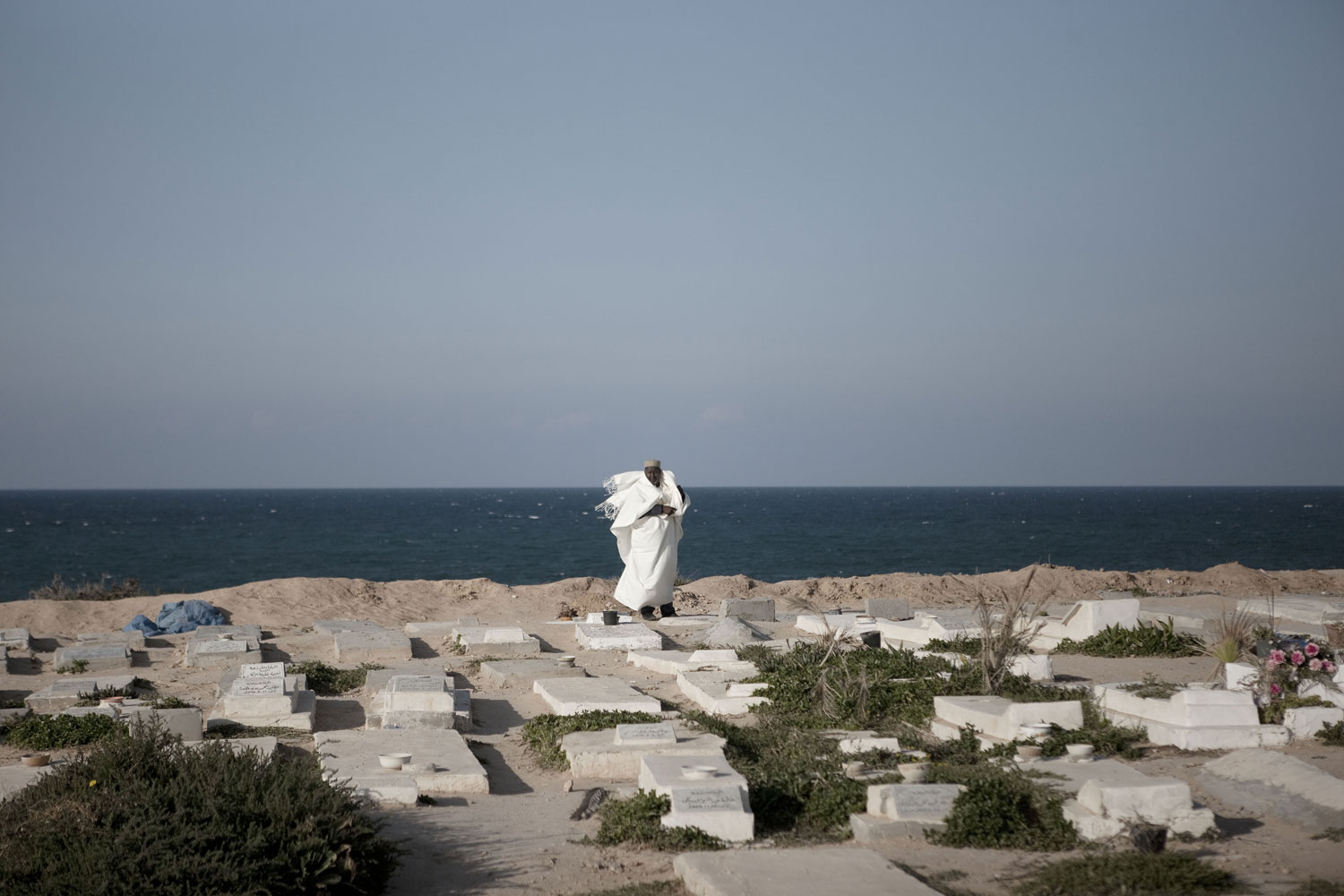
An announcement blares over the hotel loud speaker, announcing when and where to gather. Television crews, reporters and photographers load onto a bus, and the tour begins. It’s made clear where they are going, but unclear why. In the tightly controlled, locked-down Libyan capital of Tripoli, this is how journalism works.
TIME contract photographer Christopher Morris, on assignment in Libya for nearly a month, has been documenting what Libyan government minders have orchestrated, and beyond. Working quickly, often times shooting from inside the tour bus and under the radar of government minders, Morris’s photographs transcend the intent of his guides, capturing the subtleties of a closely watched society at war with itself.
At a recent funeral, skepticism and confusion were rampant as half of the more than 30 coffins were empty. An English-speaking Imam offered an explanation that family members had picked up the bodies, and the coffins were merely a symbol. The rage was palpable, Morris said. The men attending the funeral were “extreme loyalists to Gaddafi and the government. Very intense. Very dramatic.”
Libyan officials have worked vigorously to show the toll that allied air strikes has taken on civilians. Some excursions haven’t worked out the way they may have hoped. On a trip to a house on the outskirts of Tripoli, Morris said government minders intended to show a civilian house struck by coalition missiles. But other than a small hole in the front yard and pockmarks on the house, there was very little damage and no casualties.
“They are desperate to show us something to bolster their message that civilians are being killed,” Morris explained. “But as for now, this has constantly backfired.”
More of Christopher Morris’s work from Libya can be seen here and here.

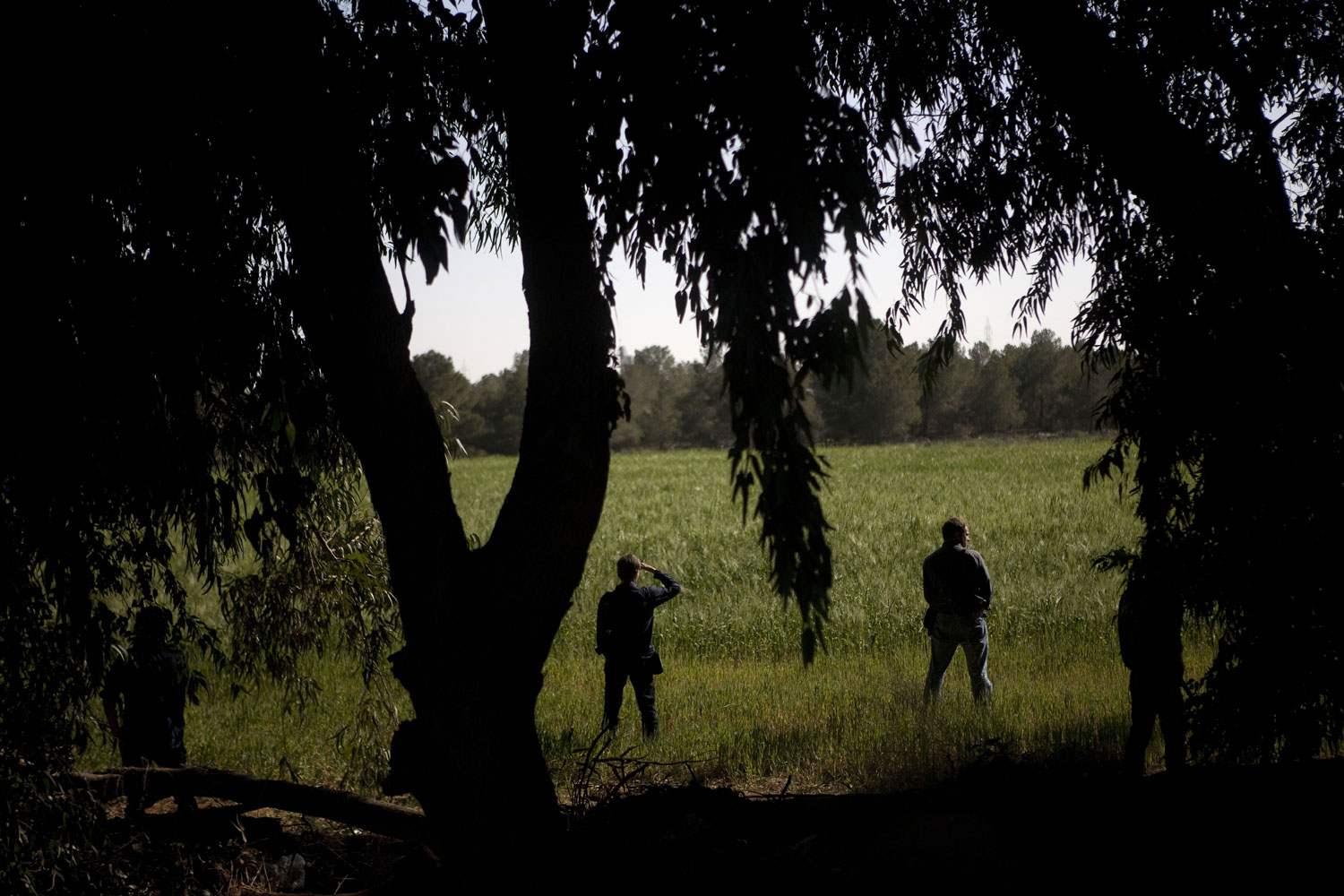

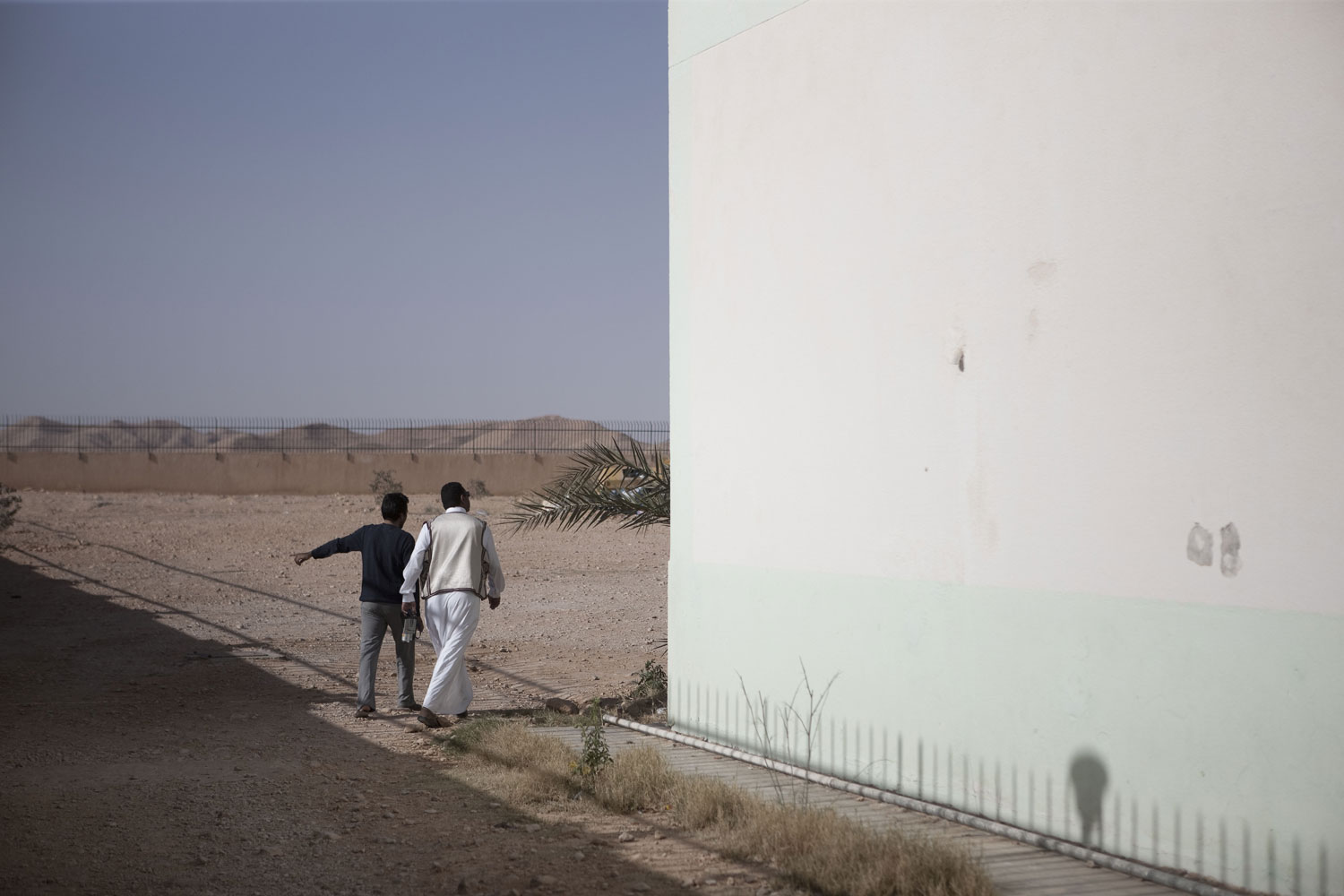


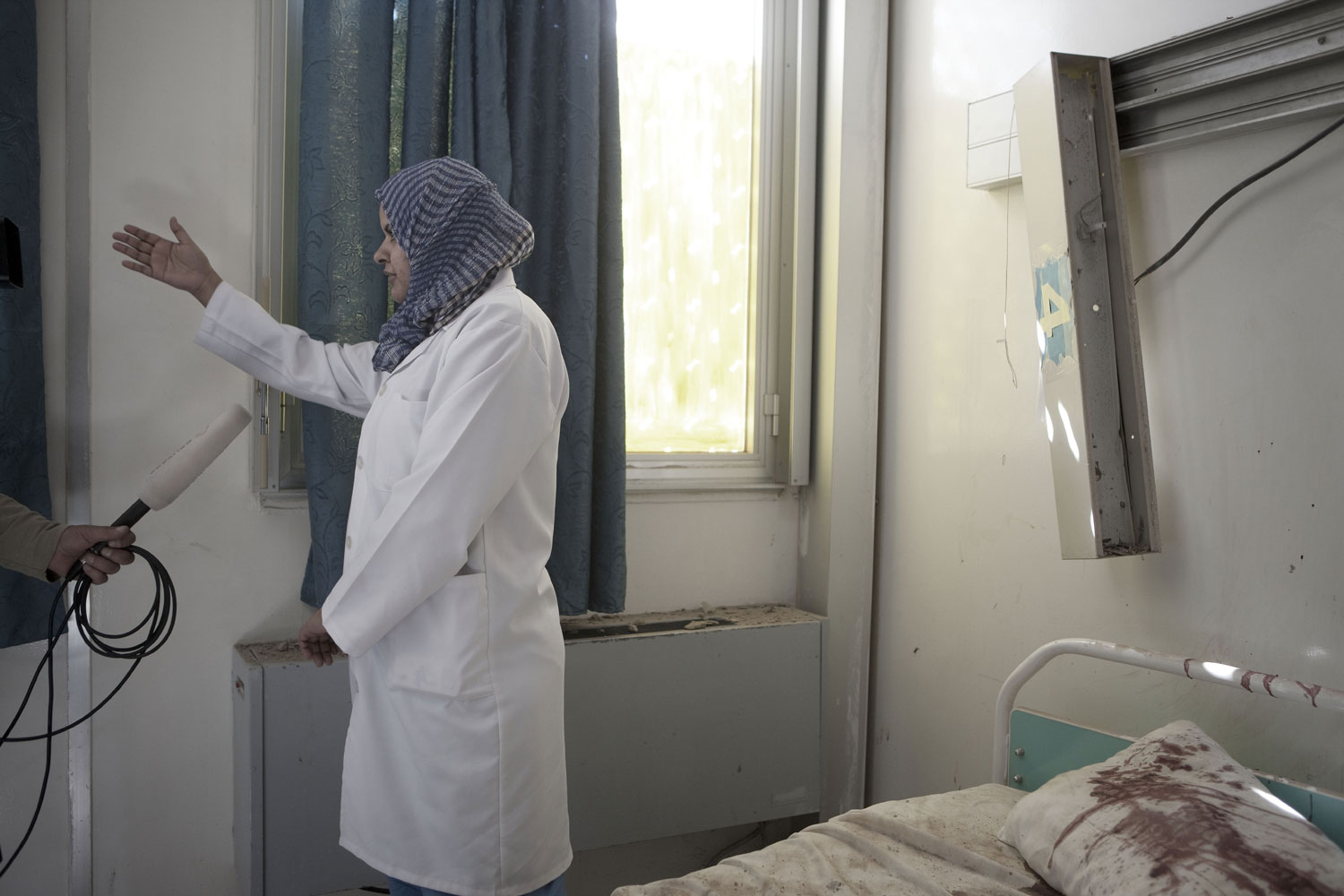

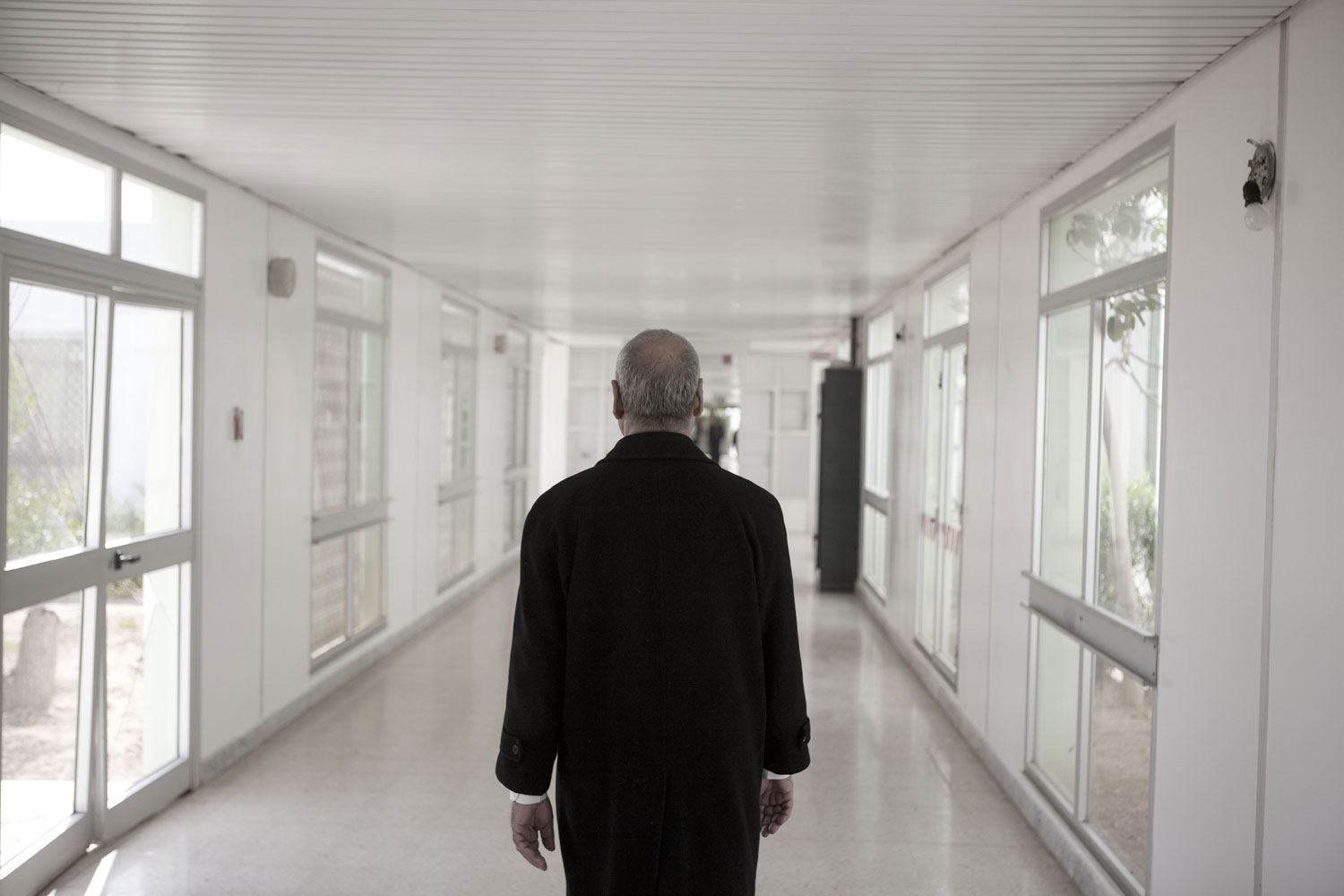
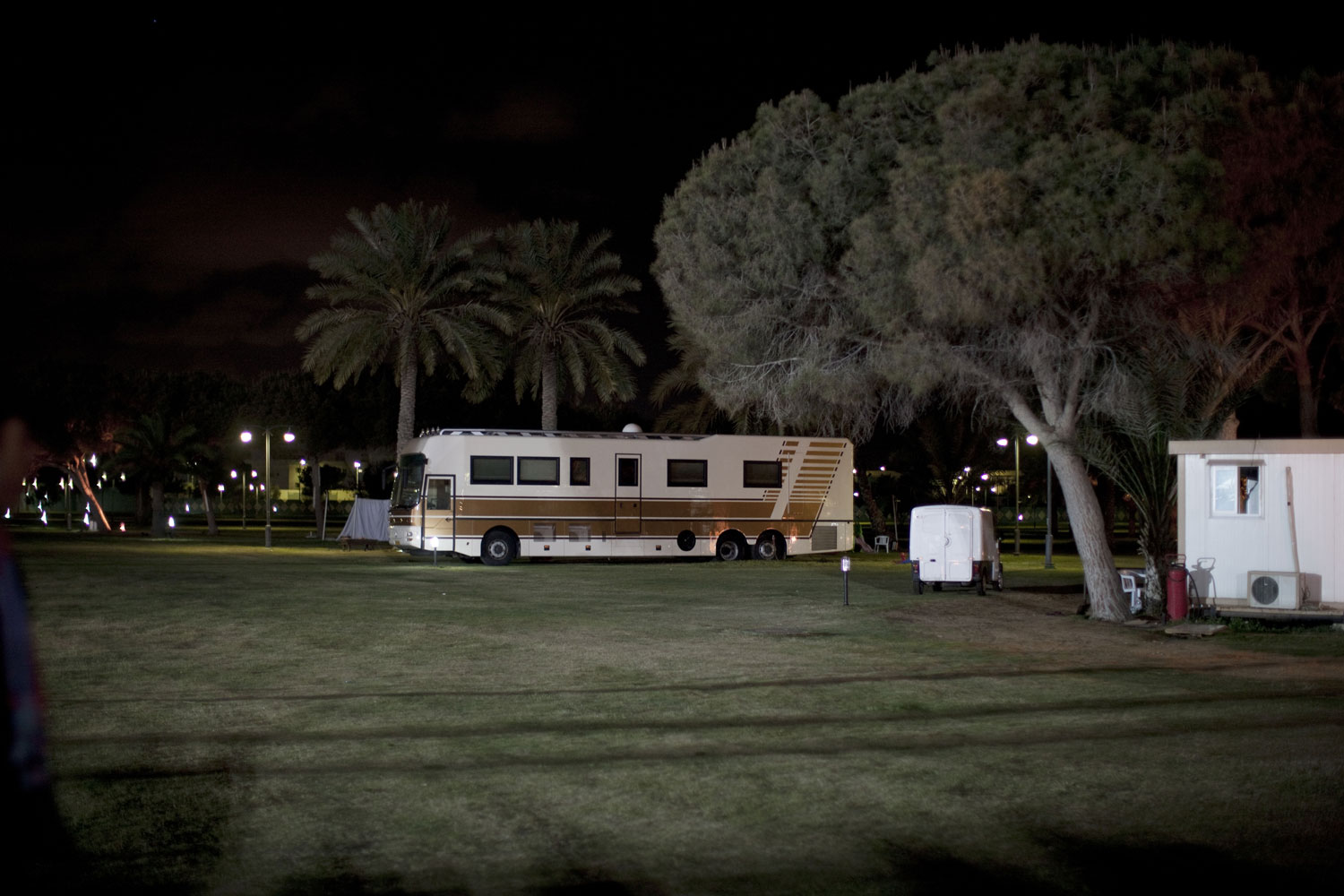
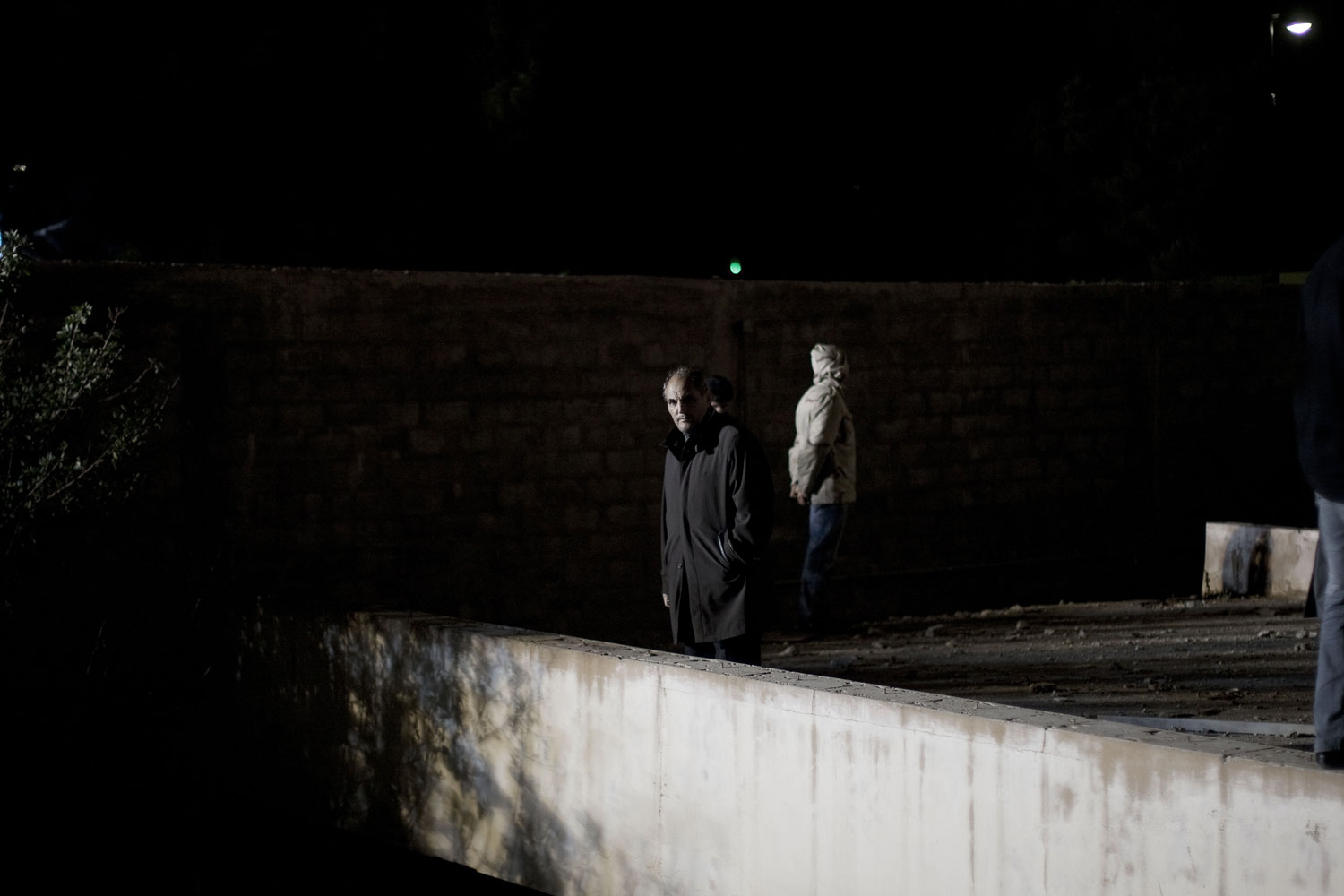
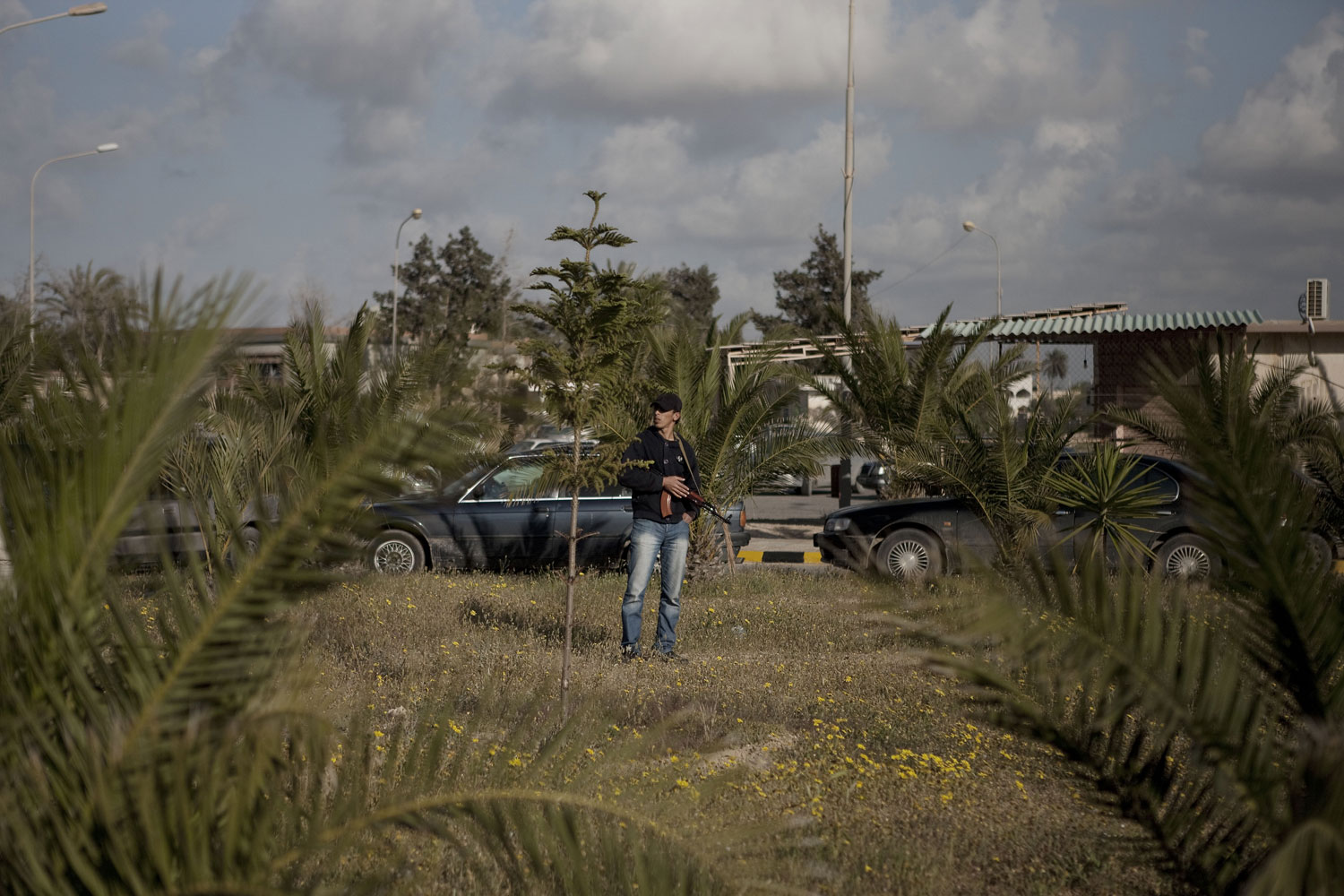
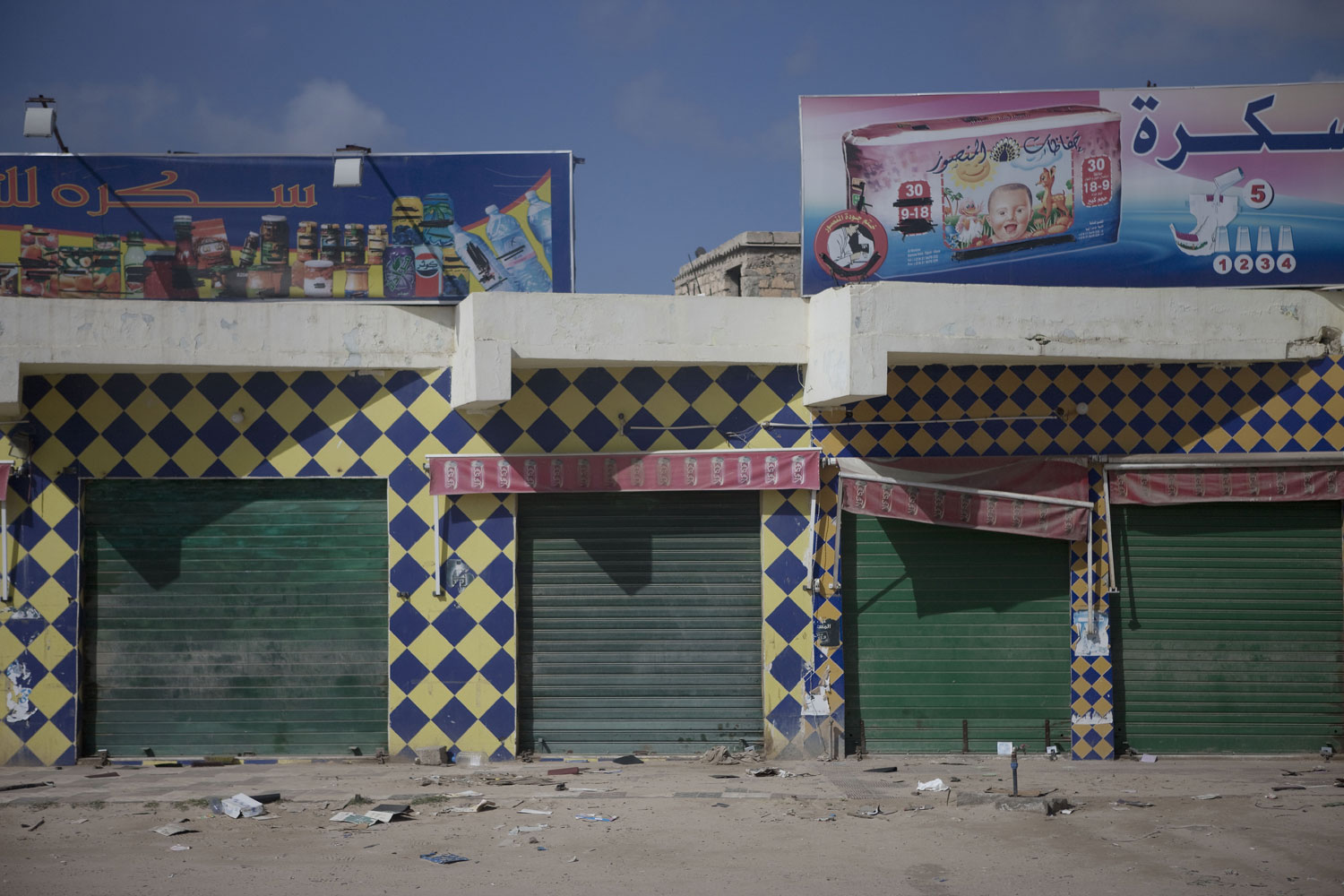
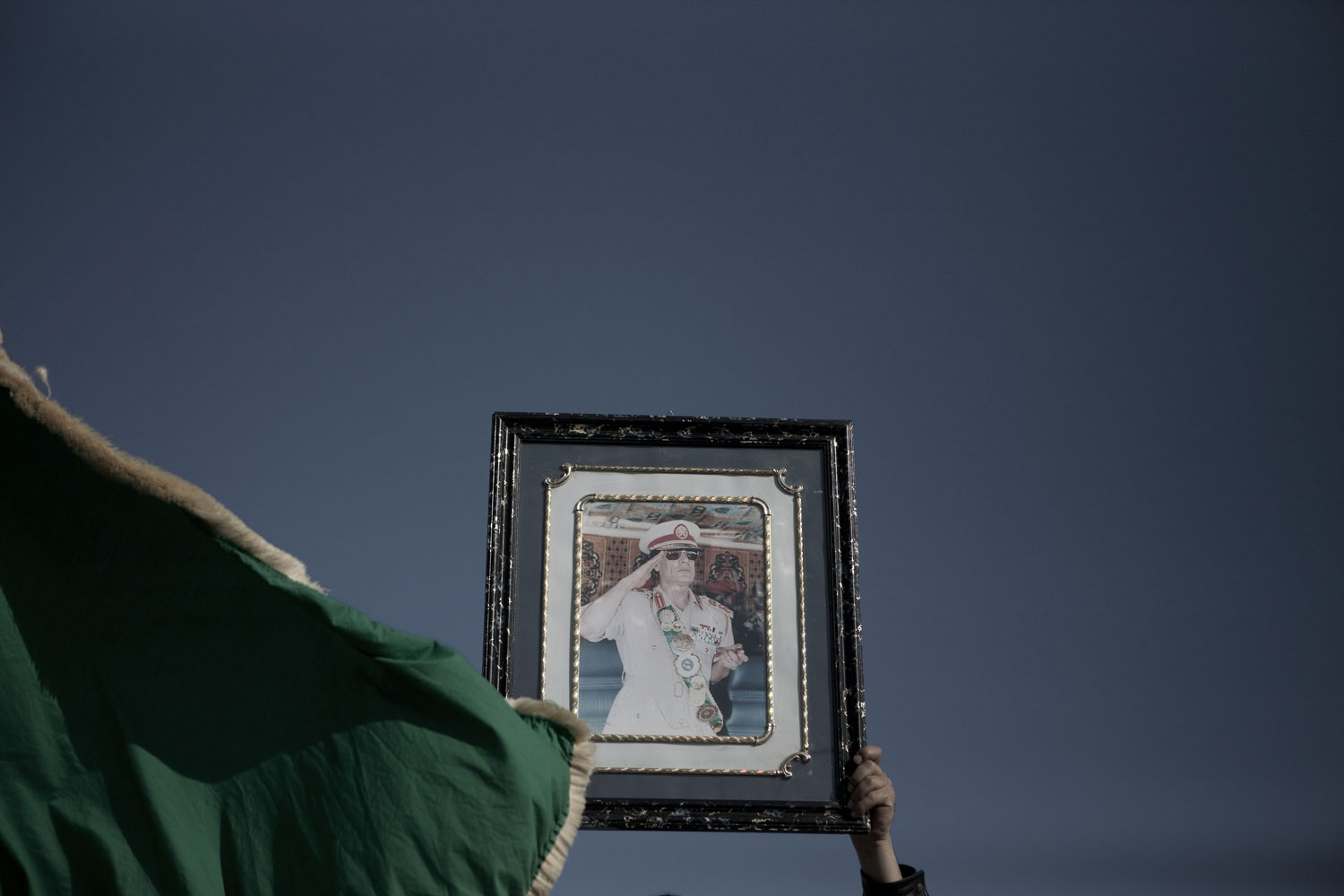
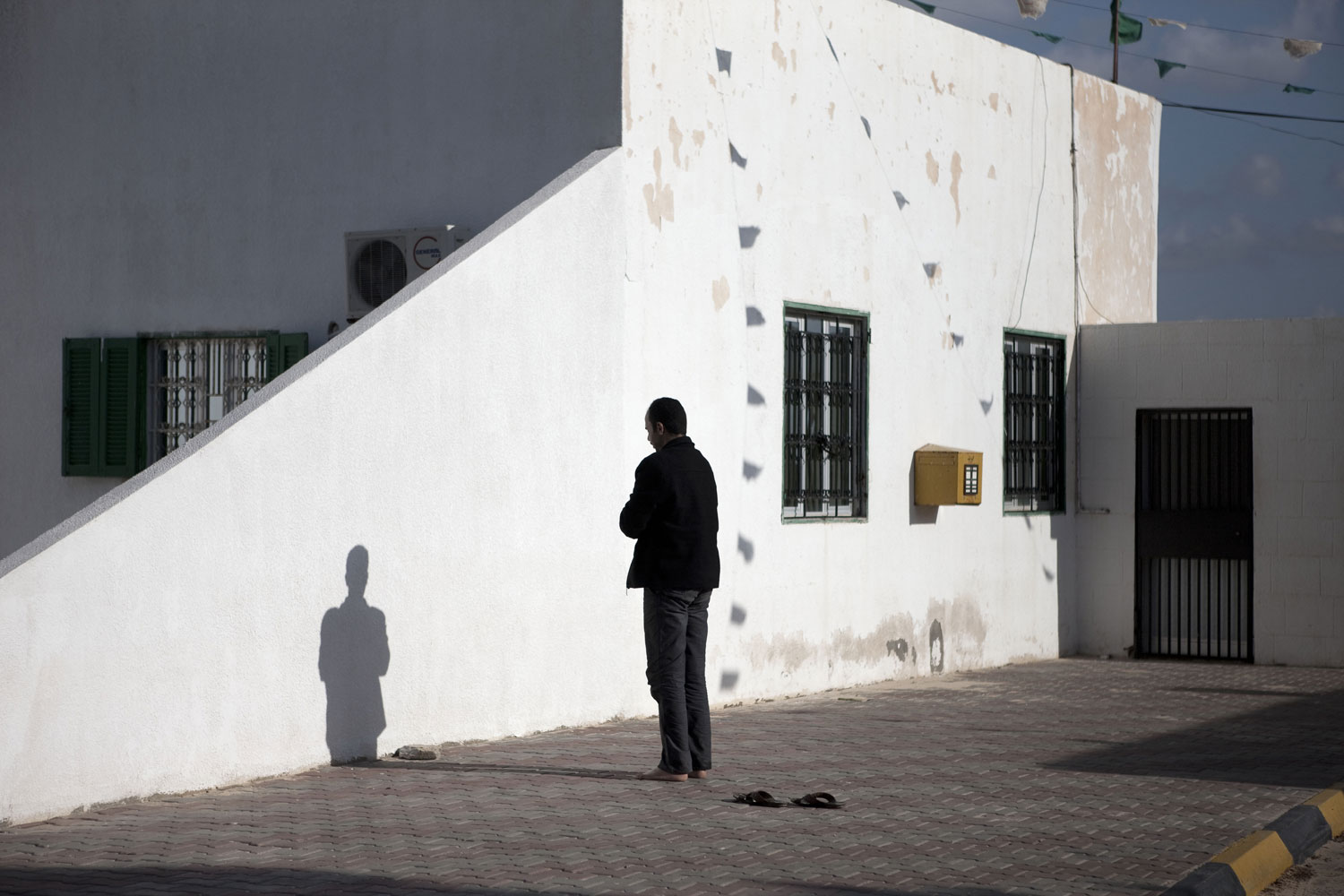

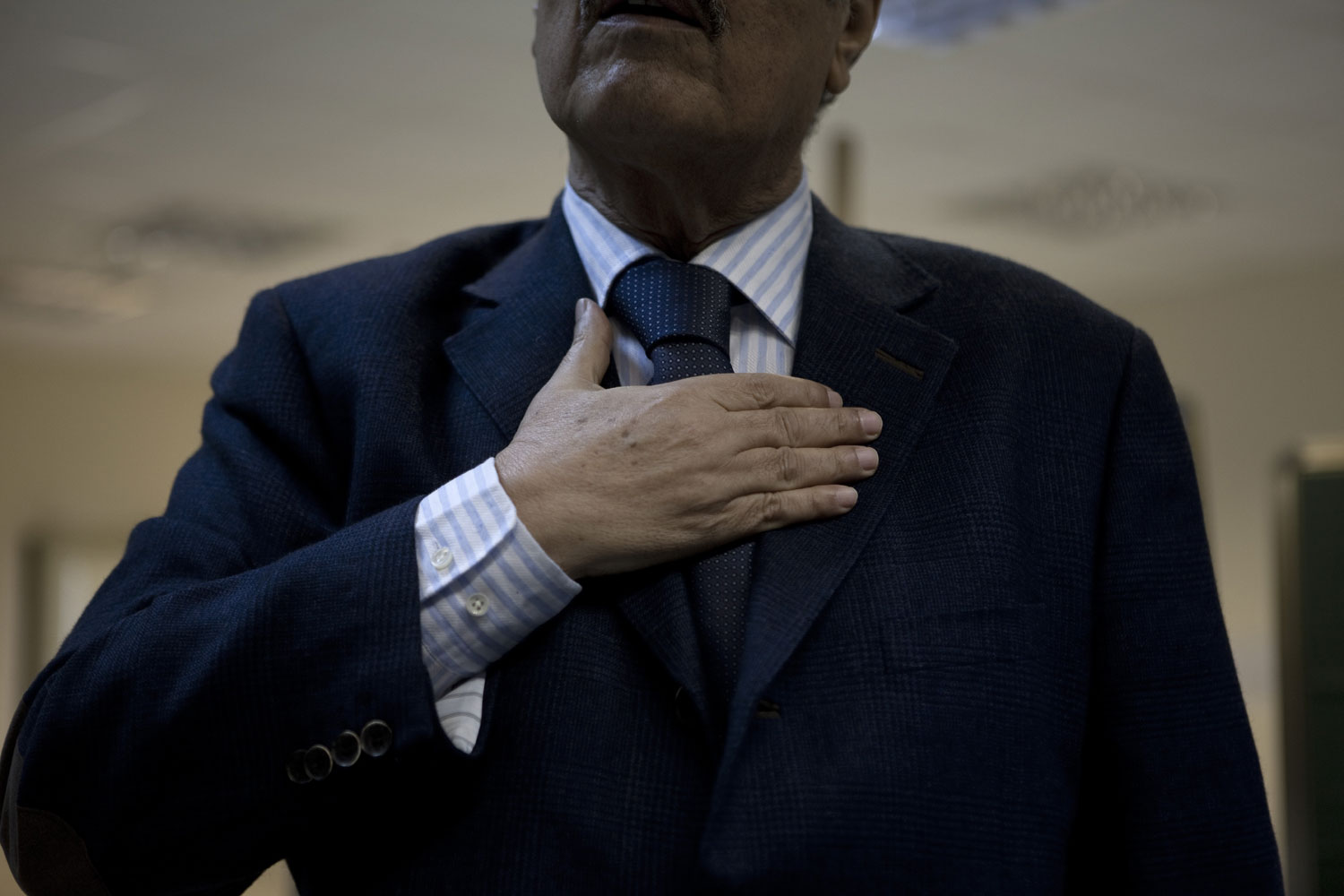

More Must-Reads from TIME
- Donald Trump Is TIME's 2024 Person of the Year
- Why We Chose Trump as Person of the Year
- Is Intermittent Fasting Good or Bad for You?
- The 100 Must-Read Books of 2024
- The 20 Best Christmas TV Episodes
- Column: If Optimism Feels Ridiculous Now, Try Hope
- The Future of Climate Action Is Trade Policy
- Merle Bombardieri Is Helping People Make the Baby Decision
Contact us at letters@time.com